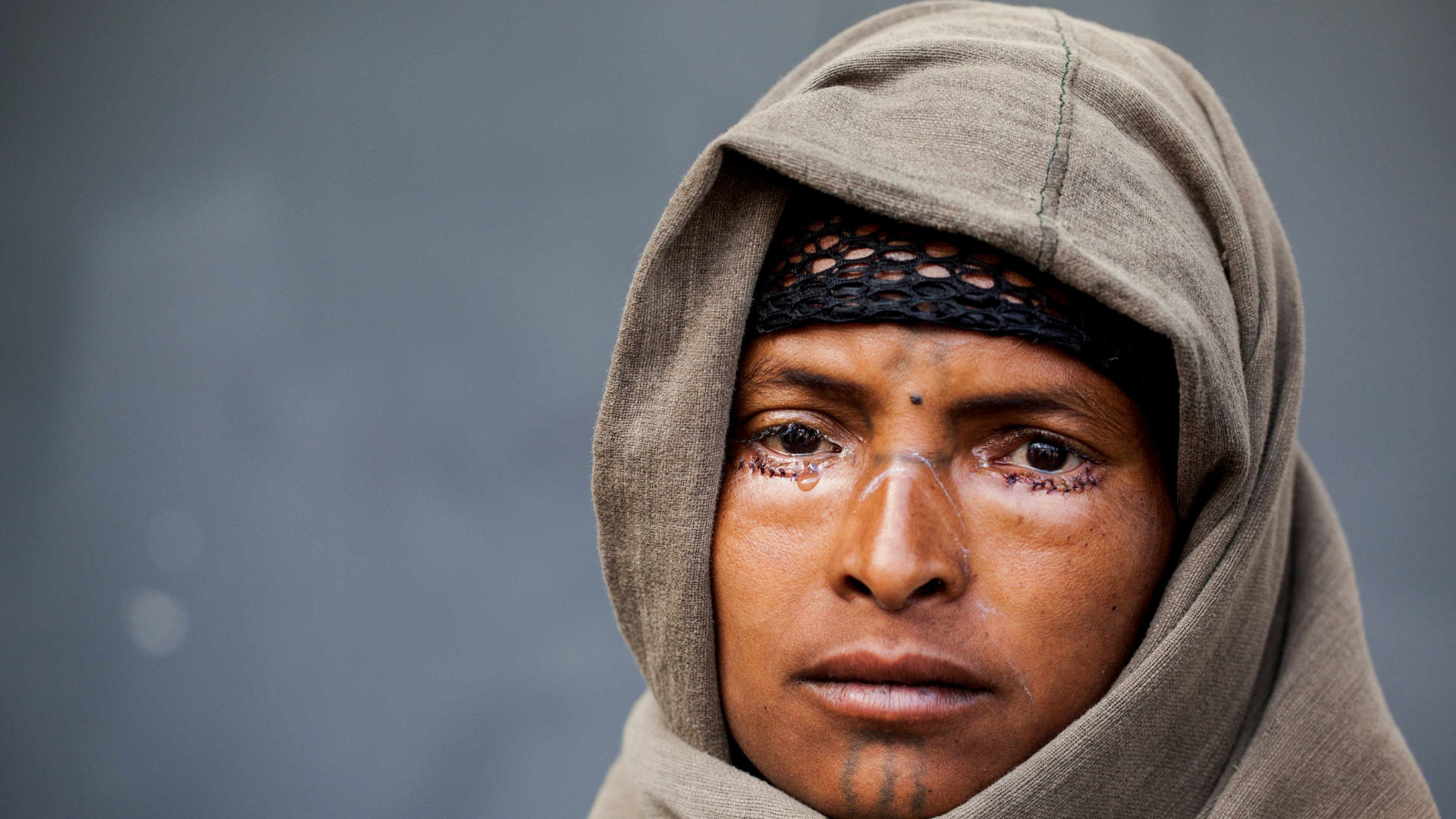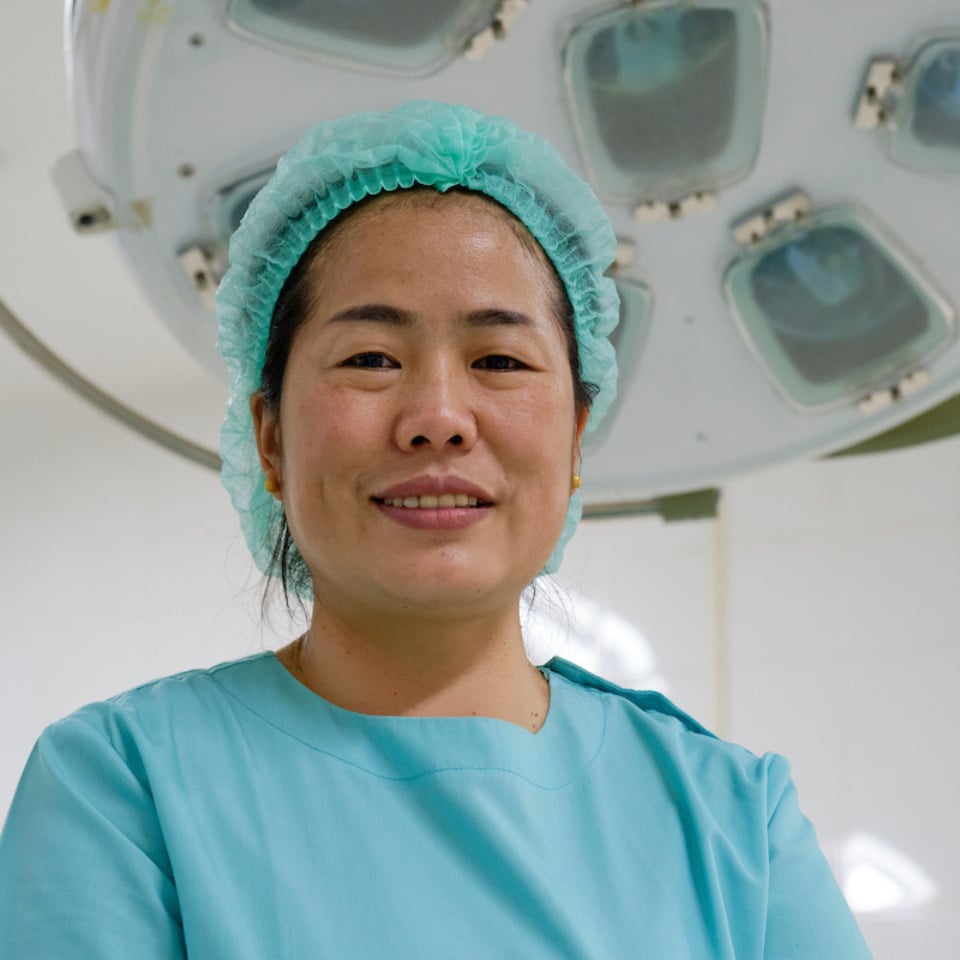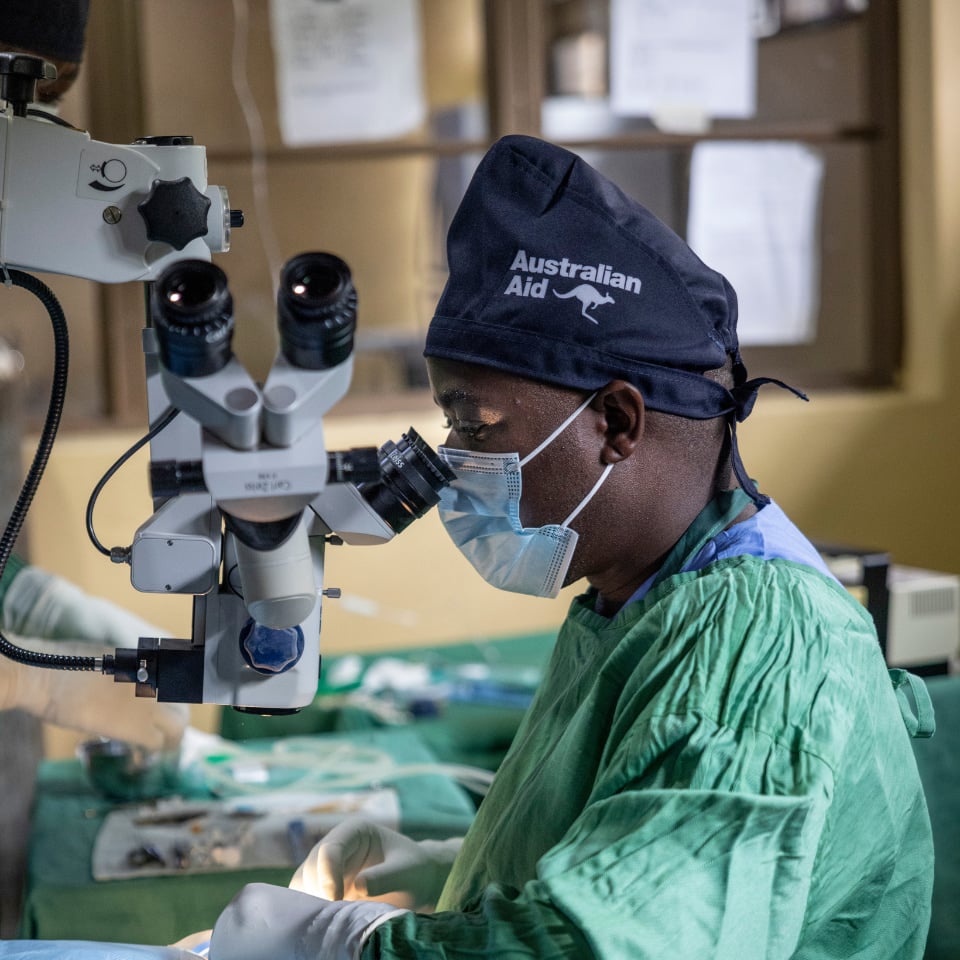Preventable blindness cost US $411 billion in lost employment

A new Lancet Global Health report has found preventable sight loss cost the global economy US $411 billion in the year 2020 due to lost employment, with the greatest cost in East Asia (US $90 billion) and South Asia (US $70 billion).
The report, which examines new and existing research in eye health, was supported by 73 experts, including three from The Fred Hollows Foundation, across 25 countries.
The report also highlights gender and socio-economic disadvantage. For every 100 men living with blindness worldwide, there are 108 women affected. Much of this gender imbalance is due to socio-economic factors, such as reduced access to care.
The Fred Hollows Foundation’s Head of Public Policy and Advocacy Brandon Ah Tong, one of the report’s expert consultants, said the research underscores the role of good vision in creating a more inclusive society.
“Most people don’t realise just how important eye health is at giving people the ability to work, go to school, and lift families out of poverty – particularly in agricultural societies where life revolves around hands-on labour,” Mr Ah Tong says.
“This research emphasises the socio-economic benefits of good vision in enabling women and girls to play a vital role in society, support their families, and achieve greater independence.
“Fred recognised that restoring sight and preventing blindness isn’t just about the individual. The benefits are a ripple, spreading from the person to their family, community, and the economy at large.
“For this reason, The Foundation has long been advocating for eye health to be integrated into Universal Health Coverage. This would mean everyone can get quality eye treatment without suffering financial hardship.”
In Pakistan, the Lady Health Worker programme uses over 100,000 community workers to deliver eye care services door-to-door.
The report also underscores the shortfall in the eye care workforce as a major barrier to care in low and middle-income countries, with one ophthalmologist to serve one million people in parts of sub-Saharan Africa, compared to an average of 76 ophthalmologists per one million people in high-income countries, and 40 per one million in Australia.
The report builds on the World Report on Vision by the World Health Organization (WHO) by looking at global development, economics, healthcare systems, equity, and the workforce.
Through this research, the Lancet Global Health Commission aims to inform governments and communities about the importance of improving eye health to achieve the Sustainable Development Goals as highlighted by the United Nations.
Related articles

The eye doctor helping communities see again in Laos

Taking eye care to potters in Bangladesh

